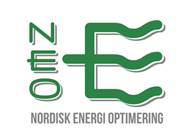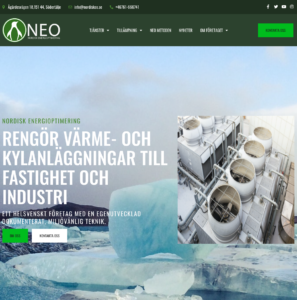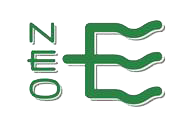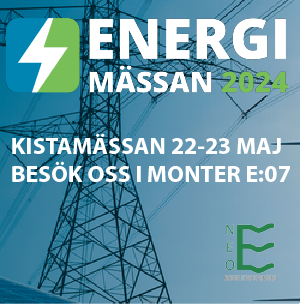Mandatory ventilation check
- HOME
- /
- SINGLE POST
- /
- Mandatory ventilation check
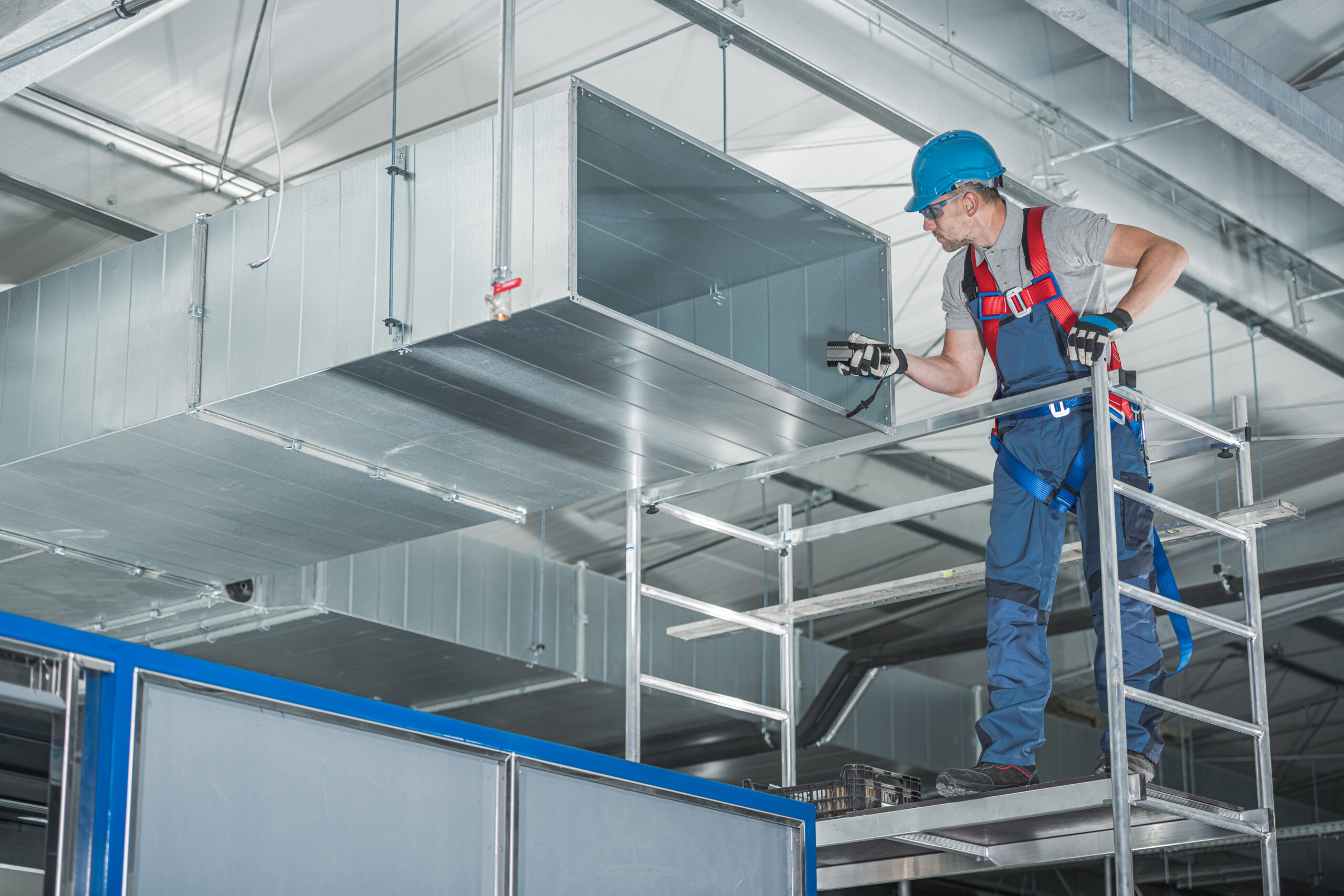
Mandatory ventilation check
According to Boverket’s definition, a mandatory ventilation check (OVK) is an important process carried out to ensure that the ventilation systems in buildings are in good condition and work efficiently, which in turn contributes to a better indoor environment and reduces energy use. Under Swedish law, the property owner is obliged to carry out OVK at regular intervals, and acertified functional inspector must carry out the check. If a building does not meet the requirements for an approved OVK, it can lead to sanctions or requirements to correct deficiencies in the ventilation system.
What should be checked during OVK?
During each mandatory ventilation inspection (OVK), the following aspects should be checked:
- The ventilation system should be inspected to ensure that it does not contain contaminants that could spread throughout the building.
- Instructions and maintenance manuals for the ventilation system shall be easily accessible.
- The ventilation system shall function according to its intended purpose and design.
At the first OVK inspection, it is also important that:
- The function and characteristics of the ventilation system comply with the regulations in force at the time of the inspection.
For periodic OVK inspections, the functional inspector shall:
- Check that the operation and characteristics of the ventilation system are substantially in accordance with the regulations in force when the system was commissioned.
- Evaluate and propose measures to improve the energy management of the ventilation system without deteriorating the indoor climate.
After the functional inspector has carried out the OVK and proposed possible energy efficiency measures, it is the owner of the building who decides whether or not to implement these proposals.
WHICH ASPECTS ARE CHECKED DURING A MANDATORY VENTILATION CHECK?
The OVK involves reviewing and evaluating a variety of aspects of the ventilation system, including the following:
- Functional check: During an OVK, the performance and function of the ventilation system is evaluated. This means that the verifier ensures that the system meets the requirements that applied at the time of installation, and that it works correctly and safely.
- Energy saving: OVK also aims to identify and recommend measures that can improve the energy efficiency of the ventilation system. By minimizing energy losses and optimizing system operation, the property owner can save energy and money.
- Indoor climate: A well-functioning ventilation system contributes to a better indoor climate by ensuring sufficient air exchange, which can lead to a reduction in health problems such as asthma, allergies and other respiratory problems. OVK means checking that the system really contributes to a good indoor environment.
- Maintenance: By carrying out the OVK, the property owner can get recommendations on necessary maintenance, such as cleaning valves, ducts and fans and changing filters. Regular maintenance is essential to ensure that the ventilation system continues to operate efficiently and safely.
HOW OFTEN SHOULD MANDATORY VENTILATION CHECKS BE CARRIED OUT?
The frequency of a mandatory ventilation inspection (OVK) varies depending on the type of ventilation system in the building. In general, it can be said that the checks should be carried out at regular intervals to ensure the proper functioning of the ventilation system.
The exact time interval for checks can vary depending on the type of building, its use and the design of the ventilation system, among other things. It is important to consult the guidelines and regulations that apply to the specific building and its ventilation system to get more detailed information on how often OVK should be performed.
|
Buildings and type of ventilation system |
Interval |
|
Kindergartens, schools, health care facilities and other similar buildings. Regardless of the type of ventilation system. |
3 years |
|
Apartment buildings, office buildings and staff quarters and offices in industrial buildings and the like. FT, FTX ventilation |
3 years |
|
Apartment buildings, office buildings and staff quarters and offices in industrial buildings and the like. S-, F-, FX-ventilation |
6 years |
|
One- and two-family houses with FX, FT, FTX ventilation. |
Only an initial installation inspection before the system is put into operation. No periodic inspection. |
S-ventilation
= self-draught ventilation.
F-ventilation = fan ventilation where the exhaust air flows are fan controlled.
FT-ventilation = fan ventilation where both exhaust and supply air flows are fan controlled.
FX-ventilation = F-ventilation with heat recovery.
FTX-ventilation = FT-ventilation with heat recovery.
MINUTES
During each building inspection, it is important for the inspector to carefully document and report the results of the inspection. This review includes evaluating the building’s ventilation system and reviewing any faults and deficiencies that may affect the building’s indoor climate and energy efficiency.
The functional inspector should include in his report a clear and comprehensive description of all the non-conformities and deficiencies detected during the inspection. This includes information on how the potential problems affect the functioning of the building and proposed measures to address them. It is also important that the verifier documents all positive aspects and properly functioning parts of the ventilation system.
After completing the report, the inspector should sign it to confirm that all information is correct and that the inspection has been carried out according to the applicable rules and guidelines. This record then becomes an important part of the building’s maintenance history and can be used to inform future decisions about maintenance and upgrades to the ventilation system.
Once the report is signed and completed, it is important that the inspector gives a copy of the report to the owner of the building. This allows the owner to be aware of any shortcomings and to take the necessary measures to ensure that the building meets energy efficiency and indoor climate requirements.
The inspector must also submit a copy of the signed protocol to the municipal building authority. This enables the building committee to monitor and follow up on the condition of the building and ensure compliance with all relevant laws and regulations. It also helps to ensure that building owners take their responsibility to maintain good living conditions for those living and working in the building.
PLACE THE ISSUED CERTIFICATE OF INSPECTION IN A PROMINENT POSITION WITHIN THE BUILDING
Once the verifier has carried out a thorough inspection of the building and its ventilation system, it is important that an official certificate is issued. This certificate should contain important information about the inspection, such as the date of the inspection, the main results of the check and when the next inspection will take place. The certificate serves as a confirmation that the building has undergone a regular inspection and that any deficiencies have been identified and reported to the owner of the building.
To ensure that all occupants are aware that an inspection has been carried out and that the building’s ventilation system complies with the applicable requirements, it is important that the building owner places the certificate in a visible and easily accessible place within the building. This could be at the entrance, in the stairwell or in a common corridor where many people pass by daily.
By making the certificate easily accessible and visible to everyone who lives or works in the building, it can help raise awareness of the importance of a good indoor environment and proper ventilation. It also provides reassurance to residents and visitors that the building meets the requirements for a healthy indoor climate and that the owner is taking responsibility for maintaining good living conditions.
In addition to placing the certificate in a visible location within the building, the building owner should also ensure that the certificate is stored safely and in good condition. This means that the certificate should be protected from moisture, sunlight and other harmful factors that could shorten its lifespan or make it difficult to read. It is also important that the building owner updates the certificate after each new inspection and ensures that the latest certificate is always posted in the chosen location.
IMMEDIATELY ADDRESS IDENTIFIED FAULTS AND DEFICIENCIES IN THE BUILDING
It is of utmost importance that the building owner takes responsibility for quickly and effectively addressing any faults and deficiencies detected during mandatory ventilation checks (OVK). This means that the owner should immediately take measures to ensure that the ventilation system works optimally and meets the requirements set out in the applicable building legislation.
The owner’s responsibility also extends to the periods between inspections. This means that they must continuously monitor and, where necessary, maintain the building’s ventilation system to preserve its essential technical characteristics and ensure a healthy indoor environment for those living and working in the building.
In order to ensure that all requirements are met and that the maintenance of the ventilation system is carried out correctly, it is important that the building owner has a good understanding of the regulations and guidelines of the building legislation. It can also be beneficial to work with qualified professionals, such as ventilation experts and maintenance staff, to ensure that any problems are identified and properly addressed.
When it comes to addressing identified faults and deficiencies, it is important that the building owner acts quickly and effectively. This means that they should prioritize the most urgent problems and take appropriate measures to ensure that the ventilation system is once again working properly and meeting the requirements. This may involve cleaning or replacing parts of the ventilation system, adjusting settings or carrying out other measures to improve system performance and energy efficiency.
THE MUNICIPALITY'S RESPONSIBILITY FOR MONITORING AND ENFORCING THE BUILDING OWNER'S OBLIGATIONS UNDER THE EWC
The municipality’s building authority has the overall responsibility to monitor that building owners fulfill their obligations regarding mandatory ventilation checks (OVK). This means that the building authority must ensure that the owner carries out regular inspections and takes appropriate measures to address any deficiencies in the ventilation system.
To carry out this work effectively, it is important that the building committee has a good understanding of current legislation and guidelines on ventilation and building maintenance. This means that they need to be up-to-date on the requirements and standards that apply to different types of buildings and ventilation systems.
If the owner of the building does not carry out the OVK according to the applicable rules, the building committee can take measures to ensure that the inspection is carried out. This may involve the building authority issuing an injunction requiring the owner to carry out a mandatory ventilation check within a certain timeframe. If the owner does not comply with this order, the building authority can impose sanctions, such as fines or other penalties.
In cases where a protocol from an OVK shows that the requirements for functional control are not met, the building committee can order the owner of the building to remedy the identified deficiencies. This means that the owner must take the necessary measures to ensure that the ventilation system works properly and meets the legal requirements.
In order to ensure that building owners take their responsibilities seriously and meet their OVK obligations, it is important that the building authority carries out effective and consistent supervision. This means that they should follow up and check that measures have been taken and that the building’s ventilation system is working according to the applicable requirements and standards. By exercising this supervision, the building committee helps to ensure a good indoor environment and a healthy indoor climate for everyone living and working in the building.
RELATED INFORMATION AND RESOURCES ON THE EEA
Boverket Boverket offers several useful resources and links related to mandatory ventilation checks (OVK). These include:
- PBL Kunskapsbanken OVK – A collection of information and guidelines on OVK according to the Planning and Building Act.
- OVK – BFS 2011:16 – The building authority’s regulations on mandatory ventilation checks.
- Extracts from older building codes for OVK – A collection of historical building codes related to OVK.
Publications Several publications are available on HVAC and related topics:
- Collection of rules for functional checks of ventilation systems, OVK 2012 – A collection of rules and guidelines for carrying out functional checks of ventilation systems.
- Requirements for functional checks of ventilation systems – A publication that reviews the requirements for functional checks of ventilation systems under current legislation.
- Tackling radon in homes – A guide to identifying and addressing radon problems in homes, including how this can affect the ventilation system.
Other websites Besides Boverket, there are additional resources and information on OVK on other websites, such as:
- Online training on Air in the PBL Academy (link to another website) – An online training on the subject of air and ventilation under the Planning and Building Act.
These sources and publications provide a basic understanding of OVK and related regulations, as well as information on how to ensure a good indoor environment and ventilation. By using these resources, building owners, property managers and construction professionals can gain insight and guidance to meet their obligations under current legislation and guidelines.
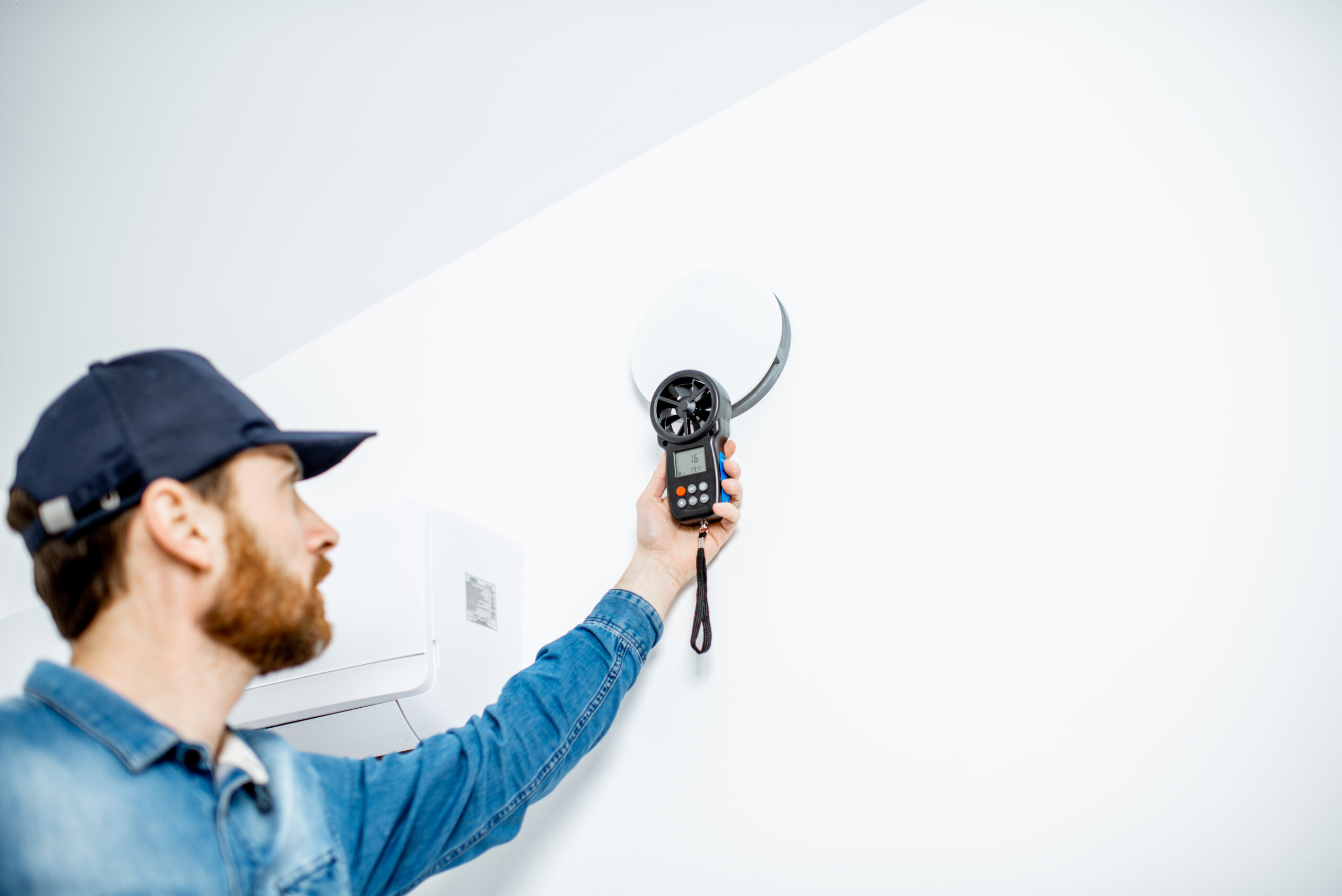
OVK with measures
Lorem ipsum dolor sit amet, consectetur adipiscing elit. Ut elit tellus, luctus nec ullamcorper mattis, pulvinar dapibus leo.

OVK with measures
Lorem ipsum dolor sit amet, consectetur adipiscing elit. Ut elit tellus, luctus nec ullamcorper mattis, pulvinar dapibus leo.

OVK with measures
Lorem ipsum dolor sit amet, consectetur adipiscing elit. Ut elit tellus, luctus nec ullamcorper mattis, pulvinar dapibus leo.
social share
Recent Posts
Mandatory ventilation check
Mandatory ventilation inspection Gothenburg
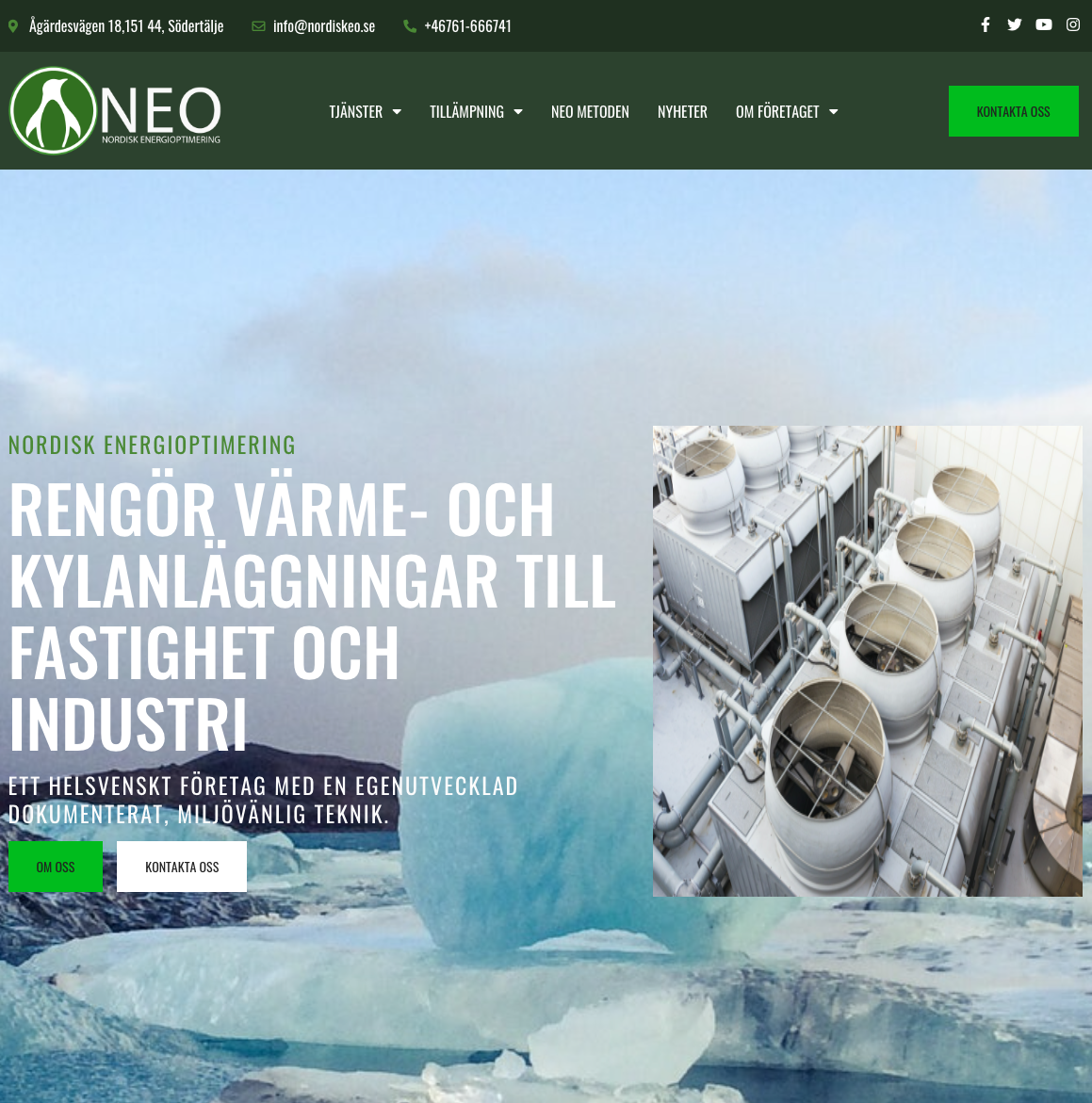
NEW HOME PAGE
categories
related posts
Mandatory ventilation check
Mandatory ventilation inspection Gothenburg

